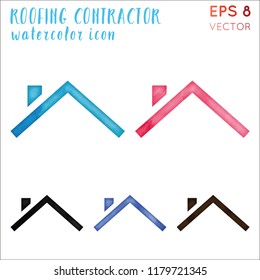Explore The Duty Of Seasonal Consider The Success Of Industrial Outside Painting And Reveal The Most Effective Times To Secure Long Lasting Results For Your Project
Explore The Duty Of Seasonal Consider The Success Of Industrial Outside Painting And Reveal The Most Effective Times To Secure Long Lasting Results For Your Project
Blog Article
Article Writer-Ford Bagger
When you're preparing an industrial exterior painting job, seasonal variables can make or damage your outcomes. You'll intend to take into consideration just how temperature level and humidity impact paint application and drying times. Selecting the ideal season can guarantee your paint adheres appropriately and lasts longer. But which seasons are truly the best for this sort of work? Let's check out the crucial elements that can impact your project's success.
The Effect of Temperature Level on Paint Application
When you're intending an industrial external paint job, the temperature level can considerably influence exactly how well the paint adheres and dries out.
Preferably, you intend to paint when temperature levels vary between 50 ° F and 85 ° F. If it's too cold, the paint might not cure correctly, bring about issues like peeling or cracking.
On Read This method , if it's as well warm, the paint can dry too swiftly, preventing appropriate attachment and leading to an uneven coating.
https://independentpaintersnearme67666.getblogs.net/67001501/discover-the-key-questions-to-consider-prior-to-picking-home-painters-and-learn-the-ideas-for-revitalizing-your-home-with-a-brand-new-layer-of-paint need to likewise consider the moment of day; early morning or late afternoon offers cooler temperatures, which can be a lot more favorable.
Constantly examine the maker's suggestions for the details paint you're making use of, as they typically supply support on the optimal temperature array for optimal outcomes.
Humidity and Its Impact on Drying Times
Temperature level isn't the only ecological aspect that influences your industrial external painting project; humidity plays a significant function also. High moisture levels can slow down drying times dramatically, impacting the overall high quality of your paint work.
When the air is saturated with moisture, the paint takes longer to treat, which can lead to problems like poor attachment and a greater risk of mold growth. If you're repainting on a particularly humid day, be prepared for prolonged delay times between coats.
It's vital to monitor neighborhood weather and strategy as necessary. Ideally, go for humidity levels between 40% and 70% for ideal drying.
Maintaining these factors in mind ensures your task remains on track and provides an enduring finish.
Best Seasons for Commercial Outside Painting Projects
What's the best time of year for your commercial outside painting tasks?
Spring and early loss are generally your best bets. Throughout these periods, temperatures are mild, and moisture levels are typically reduced, developing perfect conditions for paint application and drying.
Avoid summer's intense heat, which can cause paint to completely dry too rapidly, leading to poor attachment and coating. In a similar way, winter season's chilly temperature levels can prevent correct drying out and treating, running the risk of the durability of your paint job.
Go for days with temperatures between 50 ° F and 85 ° F for ideal outcomes. Remember to inspect the regional weather prediction for rain, as wet problems can spoil your task.
Planning around these elements guarantees your paint job runs efficiently and lasts much longer.
Verdict
To conclude, intending your industrial exterior painting tasks around seasonal factors to consider can make a significant distinction in the end result. By scheduling job during the excellent temperatures and moisture levels, you'll ensure much better adhesion and drying times. Remember to keep an eye on regional weather forecasts and select the correct time of year-- spring and early autumn are your best options. Taking these steps will assist you achieve a resilient and professional coating that lasts.
